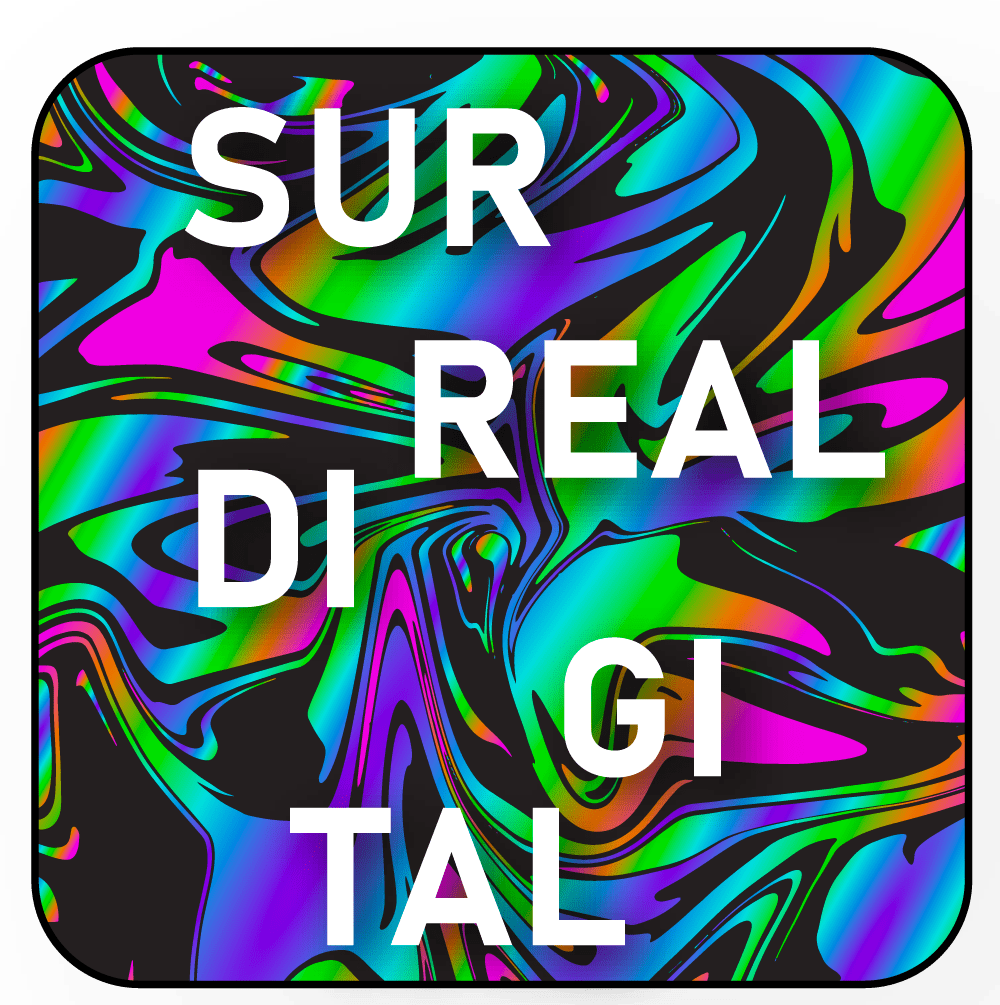How To Create NFT Art
To create your first NFT is simpler than you think. However, you’re going to have to learn some core concepts, like, for example, what “minting” is. In this series of articles about NFTs, we’re going to teach you everything you need to know.
WHAT IS AN NFT
We are pretty sure that you've already heard that NFT stands for "Non-Fungible token," which means that an NFT is, in its digital form, "unique."
But what is an NFT, really?
An NFT is a digital asset that can be used to represent real-world physical assets such as artworks and real estates. It can also be used to represent digital-only assets, such as tweets, music, and videos.
NFTs are bought and sold online using cryptocurrency and are encoded with the same underlying software (blockchain) as many cryptos, making them digital assets.
In short, an NFT is a unique piece of information that lives on the blockchain that could be tied to a real-world artwork or in other cases, a digital "object".
But what is an NFT, really?
An NFT is a digital asset that can be used to represent real-world physical assets such as artworks and real estates. It can also be used to represent digital-only assets, such as tweets, music, and videos.
NFTs are bought and sold online using cryptocurrency and are encoded with the same underlying software (blockchain) as many cryptos, making them digital assets.
In short, an NFT is a unique piece of information that lives on the blockchain that could be tied to a real-world artwork or in other cases, a digital "object".
USE CASES OF NFTs
Although most people associate NFTs with “profile picture” digital assets like the Cryptopunks, Bored Ape Yacht Club, Beeple’s “Everydays: the First 5000 Days,” these tokens are versatile. The most common uses for NFTs are:
- Guarantee ownership of art and digital assets
- Digital collectibles of all sorts
- Membership cards that guarantee access to diverse online clubs and communities
- Gaming gears and in game assets for specific games
- Fashion items for specific metaverses
- A register of ownership for real life items. For example, a certificate of authenticity for a watch or academic credentials
- Digital tickets for real-life events
- Identity verification
NFTs ARTWORK REQUIREMENTS
NFTs ARTWORK REQUIREMENTS

Most of these one-of-a-kind tokens have a unique creator who signed the transaction that minted them (learn here how to mint an NFT). The minting process prints the token’s unique characteristics into the chosen blockchain. Once minted, NFTs get a code number that’s unalterable and will accompany them forever.
The most popular blockchain for most NFT marketplace for minting is Ethereum, but there are NFTs on Solana, Cardano, Tezos, the Binance Smart Chain, and others.
You’ll need to own enough of the blockchain’s native currency to pay for the minting fees. The size of your artwork file and the metadata that accompanies it are directly proportional to the fees, and that’s crucial. The other factor is the state of the selected blockchain at the time of minting. High demand for processing means higher fees (also called "gas" in crypto slang), it’s as simple as that.
Now, what NFT marketplace you’ll use to showcase your artwork?
These are blockchain specific. For your NFT to be available in OpenSea, the most popular platform, you’ll have to use Ethereum or Polygon and pay for your gas fees in ETH or MATIC. Each blockchain has a few marketplaces to choose from, check their characteristics and choose the one that’s right for you.
In the NFT world, these blockchain-specific native currencies are the unit of account. This means the NFT prices are often expressed in these "currencies". This also means that the price of the NFT is intrinsically linked to the blockchain’s native currency.
The most popular blockchain for most NFT marketplace for minting is Ethereum, but there are NFTs on Solana, Cardano, Tezos, the Binance Smart Chain, and others.
You’ll need to own enough of the blockchain’s native currency to pay for the minting fees. The size of your artwork file and the metadata that accompanies it are directly proportional to the fees, and that’s crucial. The other factor is the state of the selected blockchain at the time of minting. High demand for processing means higher fees (also called "gas" in crypto slang), it’s as simple as that.
Now, what NFT marketplace you’ll use to showcase your artwork?
These are blockchain specific. For your NFT to be available in OpenSea, the most popular platform, you’ll have to use Ethereum or Polygon and pay for your gas fees in ETH or MATIC. Each blockchain has a few marketplaces to choose from, check their characteristics and choose the one that’s right for you.
In the NFT world, these blockchain-specific native currencies are the unit of account. This means the NFT prices are often expressed in these "currencies". This also means that the price of the NFT is intrinsically linked to the blockchain’s native currency.
UPLOADING YOUR ARTWORK TO THE BLOCKCHAIN
UPLOADING YOUR ARTWORK TO THE BLOCKCHAIN

In theory, NFTs’ artwork file sizes don’t have limits. However, in real life, NFT marketplaces dictate the rules.
For example, OpenSea’s maximum file size is 100MB and Rarible is 30MB. It’s very important that you check and follow the file size requirements of the marketplace of your choice. If you don’t, the transaction might fail and you can lose your "gas" fees. There are no refunds in the blockchain world.
As for the file types, it's also wise to check for what the marketplace allows. They usually support images and videos, and sometimes audio and 3D models. The most common file types allowed are both .mp3 and .mp4; .gif and .png, and .webp.
For example, OpenSea’s maximum file size is 100MB and Rarible is 30MB. It’s very important that you check and follow the file size requirements of the marketplace of your choice. If you don’t, the transaction might fail and you can lose your "gas" fees. There are no refunds in the blockchain world.
As for the file types, it's also wise to check for what the marketplace allows. They usually support images and videos, and sometimes audio and 3D models. The most common file types allowed are both .mp3 and .mp4; .gif and .png, and .webp.
Interested in growth hacking your art business?

